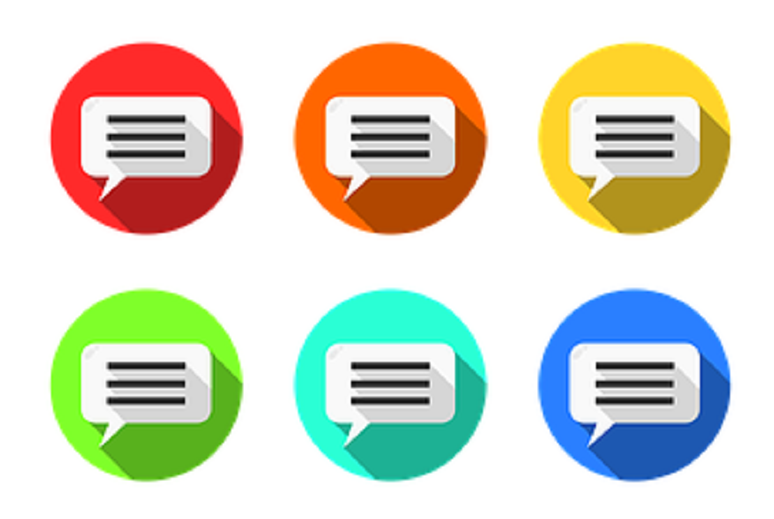The other day I took a briefing with Martha Walchuk, senior director, Service Cloud product marketing at Salesforce, ahead of the
Connections event for digital marketing, commerce, and customer service taking place this week in Chicago. As she shared some scene-setting background, I had to ask her to repeat one particular factoid: Customers today use
10 different channels on average to connect with companies.
Of course, the mandate for omnichannel support wasn’t new or surprising to me. What caught me off guard was the number now associated with the “omni” designation. “Ten?” I had to ask. “Did I hear you correctly in that that’s a per-customer average?”
“Yes,” Walchuk confirmed. They might call, send an email, use a mobile app, a connected device, a website, or chat to all variety of messaging channels, with a self-service option across each. “There are so many ways of engaging with companies, and the expectation is that they'll be able to … have a very personal and relevant experience, that companies will recognize them, acknowledge who they are, and tailor the experience to them,” she said.
That last point, of course, is common knowledge today. What’s new is the explosion in the use of messaging channels and the interactions that happen across them, Walchuk said. In the past, companies could take a controlled “one family at a time” type of strategy. “There was a much more diligent approach to how you embraced those channels,” she said. “But now companies are realizing that they’ll be left behind if they don’t embrace this rapid evolution.”
So what’s the state of the art for companies trying not only to keep up with this channel madness but to scale support globally?
In the Salesforce realm, the state of the art comprises four elements,
introduced this week. The new approach starts with a reimagining of the “Contact us” form -- which, too often, seems to lose entries “into the ether,” Walchuk said. Maybe your service organization already supports 10 channels, or thereabouts, but how are customers to know? Now Salesforce is providing the ability to replace the static Contact us form with a menu of channel options embeddable anywhere on a website. From this menu, which she said could be set up with as few as four clicks, customers can select which mode best suits their needs at the moment -- whether voice, SMS, webchat, Facebook Messenger, and so on.
Second, Salesforce is adding support for the WhatsApp and WeChat messaging apps -- a nod to the global requirements of the modern customer support operation, Walchuk said. WhatsApp is a popular messaging app in Europe, while WeChat stands strong in China.
Third, Salesforce is now imbuing artificial intelligence (AI), through Einstein Bots, into multiple new messaging channels, including SMS, Facebook Messenger, WhatsApp, and WeChat, Walchuk said. The extension of Einstein Bots is about addressing the scalability challenge, allowing companies to boost self-service capabilities across these channels. Via the bot technology, companies will be able to initiate immediate response to customer inquiries, automate resolutions on routine service requests, and gather basic information, as well as pass along the interaction intact to a live agent as needed, Walchuk said. And, of course, she added, Einstein Bots can learn from customer data and processes, getting more intelligent as they go along.
Lastly, Salesforce has streamlined the bot setup process, which now includes a map view that provides a visual conversational guide for administrations. The goal, Walchuk said, is to make sure no customer interaction ends up in one of those endless IVR loops many of us have oh-so-frustratingly encountered while trying to get service assistance by phone.
In addition, the backend offers dynamic routing of customers to specific queues based on the conversation, and a new exact match capability that lets admins create intent models that train Einstein Bots with the goal of shrinking time to response (for more on training bots, see the new
slideshow from analyst Sheila McGee-Smith, of McGee-Smith Analytics, about the Kate bot from Genesys).
Messaging support for WeChat and WhatsApp, as well as the Einstein Bots for Facebook Messenger and WeChat, are in pilot testing, with the channel menu capability to follow this winter, Salesforce said. All other features are generally available.










